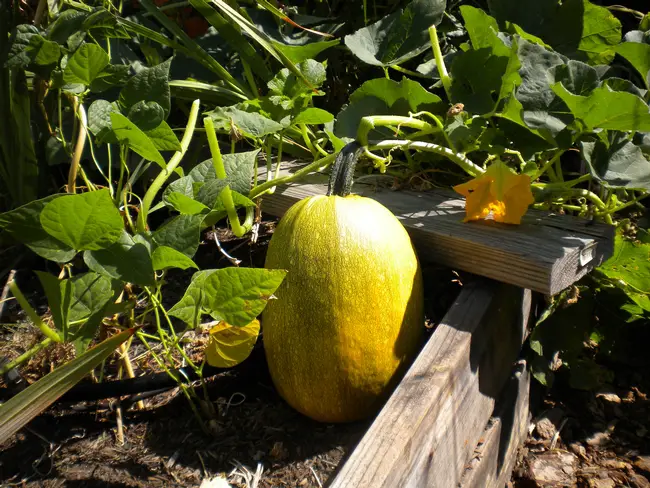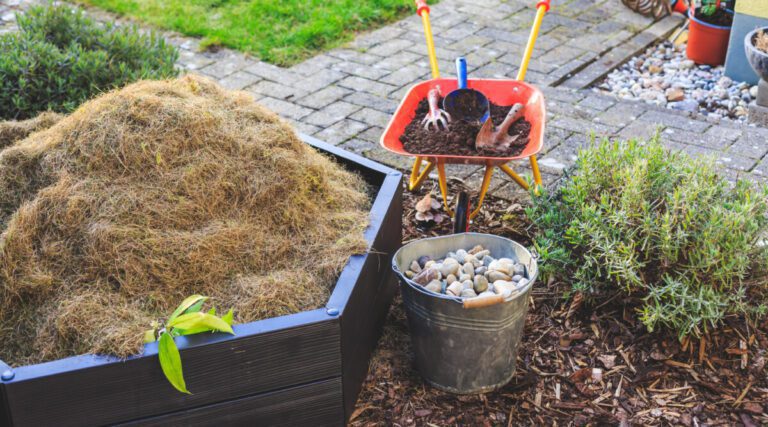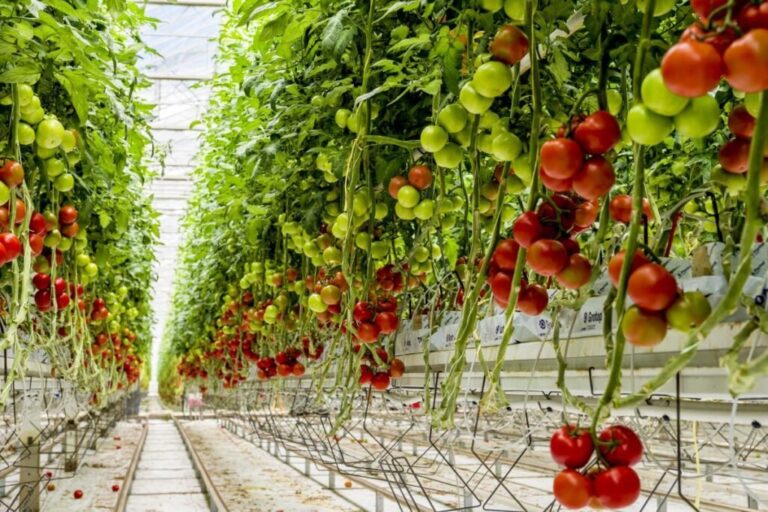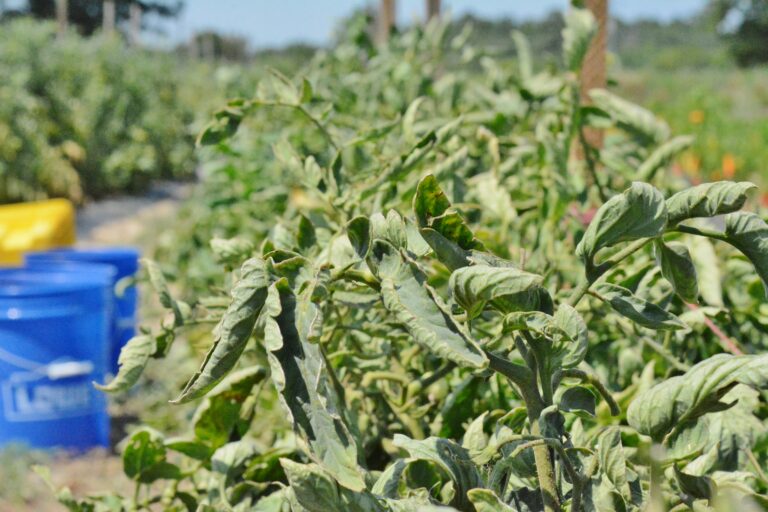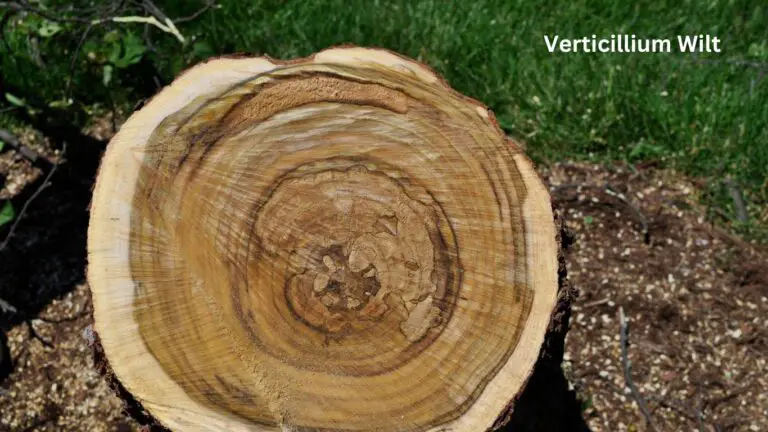When To Pick Spaghetti Squash For Perfection
Hey there, food enthusiasts and garden gurus! Ever wondered when the stars align for the perfect spaghetti squash harvest? Well, get ready to dive into the juicy details because we’re about to uncover the golden moment for plucking these delectable veggies straight from your garden. Timing is everything when it comes to achieving that ideal texture and flavor in your spaghetti squash dishes. In this blog, we’ll explore the art of picking spaghetti squash at just the right time for culinary perfection. So, grab your gardening gloves and let’s embark on a flavorful journey together! Stay tuned to master the art of harvesting spaghetti squash like a pro.
Table of Contents
Recognizing the signs of maturity in spaghetti squash
When it comes to spaghetti squash, recognizing the signs of maturity is essential in order to enjoy its optimal flavor and texture.

- One of the first indicators to look for is the color of the squash skin.
- A mature spaghetti squash typically has a vibrant yellow color, while an immature one may have patches of green or a paler hue.
- In addition to color, the texture of the spaghetti squash skin can provide valuable clues.
- A mature squash will have a firm and slightly rough exterior, indicating that it has reached its peak ripeness.
- On the other hand, an immature squash may feel soft or have a smooth skin, suggesting that it needs more time to mature.
By paying attention to these visual and tactile cues, you can make an informed decision about the maturity level of the spaghetti squash you’re considering for harvest.
Checking the color of the spaghetti squash skin
- When it comes to checking the color of the spaghetti squash skin, it can be a useful indicator of ripeness.
- As the spaghetti squash matures, its skin transitions from a vibrant green to a pale yellow color.
- A fully ripened spaghetti squash will have a uniform yellow color, indicating that it’s ready to be harvested.
- However, it’s important to note that different varieties of spaghetti squash may have slightly different color variations, so it’s always helpful to refer to the specific variety’s characteristics.
Monitoring the texture of the spaghetti squash skin
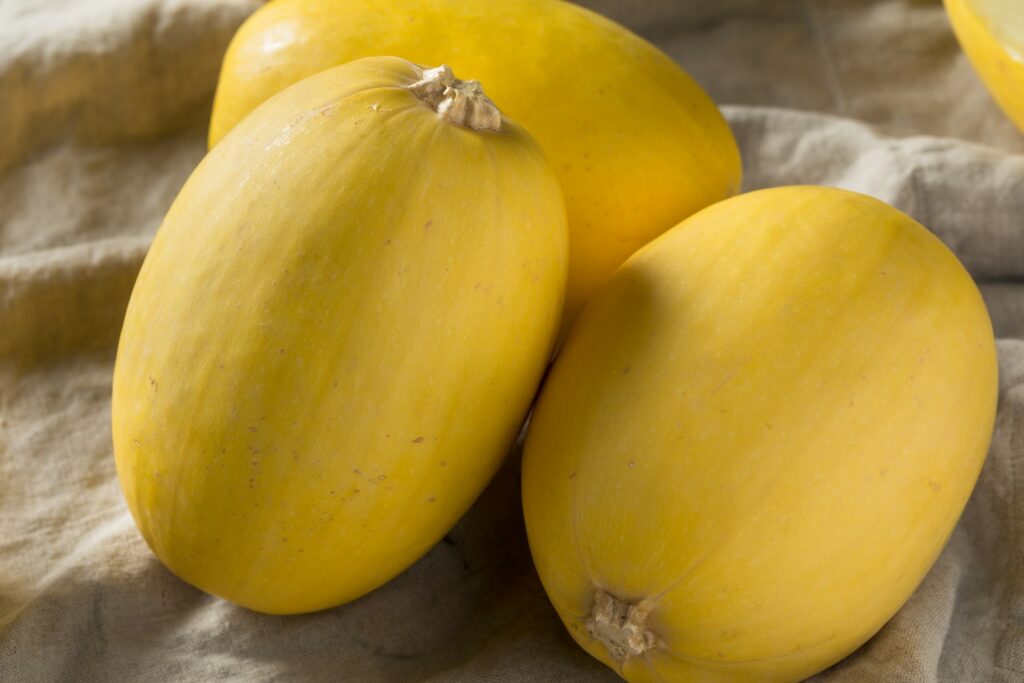
When monitoring the texture of the spaghetti squash skin, it is important to look for certain characteristics that indicate maturity.
- Texture Assessment:
- A ripe spaghetti squash should have firm and smooth skin devoid of blemishes or soft spots.
- Gently press your fingers around the surface to gauge its texture. If it feels tender or soft, it might not be fully ripe yet.
- Conversely, if the skin feels hard and tough, it might be overripe, resulting in overly fibrous or stringy flesh.
- Color Indication:
- The color of a mature spaghetti squash is typically deep yellow or golden.
- Avoid selecting squash with green patches on their skin, as this suggests incomplete ripening.
- Note that some varieties may have a lighter-colored skin when ripe, so familiarity with the specific variety is advisable.
However, it is worth noting that some varieties of spaghetti squash may have a pale or lighter-colored skin when fully ripe, so it is best to familiarize yourself with the specific characteristics of the variety you are growing or purchasing.
Assessing the firmness of the spaghetti squash
When assessing the firmness of spaghetti squash, it’s important to handle the squash with care to avoid any unnecessary damage.

Examining the size and weight of spaghetti squash
When examining the size and weight of spaghetti squash, it is important to consider the specific variety of squash you are growing.
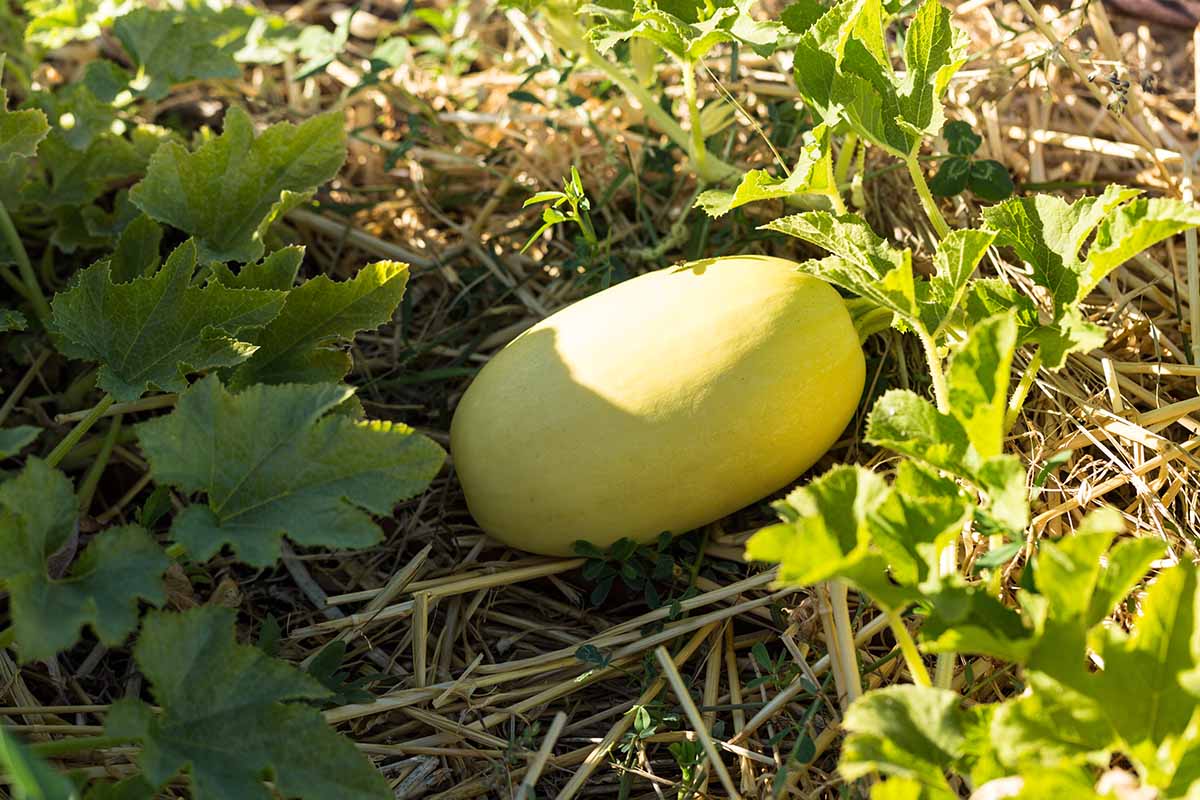
- Different varieties of spaghetti squash can vary in size, ranging from 8 inches to 14 inches in length.
- The size of the spaghetti squash is not indicative of its maturity or ripeness.
- Larger squash may contain more seeds and flesh, but it does not necessarily mean they are more mature or flavorful.
- Assessing the weight of the spaghetti squash is recommended for determining its maturity.
- A mature squash will feel heavy for its size, indicating a good amount of flesh and seeds.
- However, a balance must be struck as a squash that is too heavy may be overripe with a mushy texture.
- On the other hand, a squash that is too light may indicate immaturity.
- Using a scale to weigh the spaghetti squash provides a more accurate measurement and helps ensure optimal ripeness.
Observing the stem of the spaghetti squash
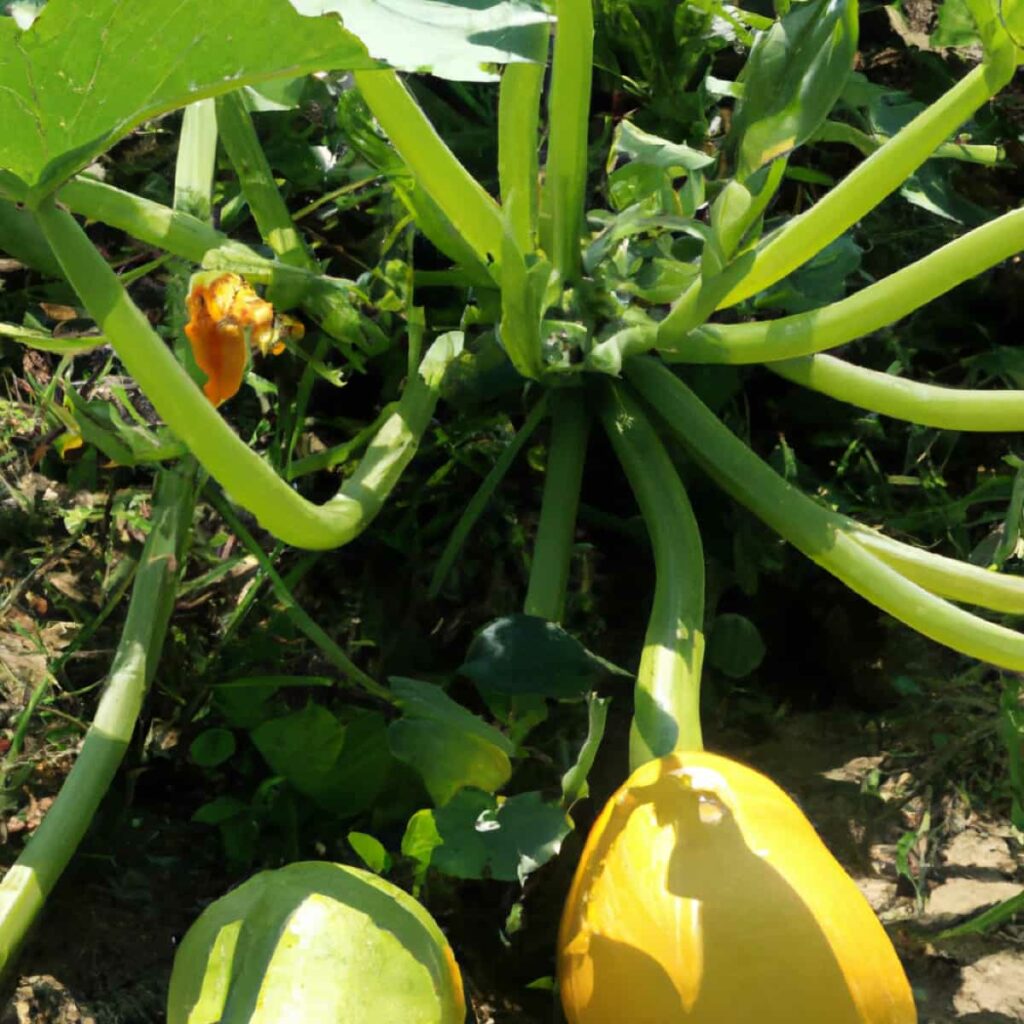
When it comes to observing the stem of the spaghetti squash, paying attention to certain details can provide valuable insights into the squash’s maturity.
Stem Color:
- A fully mature spaghetti squash features a dry, brown stem.
- This brown coloration indicates peak ripeness, signaling that the squash is ready for harvesting.
- Conversely, a green or moist stem suggests incomplete maturity, indicating that the squash may need additional time on the vine.
Stem Attachment:
- Examining the attachment of the stem to the squash is crucial.
- A mature spaghetti squash will have a stem firmly attached to the fruit.
- Any signs of a loose or easily detached stem may indicate incomplete maturity.
- In such cases, it’s advisable to allow the squash to remain on the vine a bit longer to fully mature.
These stem-related observations serve as essential indicators for determining the optimal harvest time of spaghetti squash, ensuring a flavorful and satisfying culinary experience.
Considering the days to maturity for the specific variety of spaghetti squash
Spaghetti squash is a popular vegetable known for its unique texture and versatility in various dishes. When considering the days to maturity for a specific variety of spaghetti squash, it is important to understand that different types of spaghetti squash have varying growth rates and harvest times.
- Different varieties of spaghetti squash have varying days to maturity; for example, “Orangetti” typically matures in 85 to 95 days, while “Tivoli” may take around 95 to 100 days.
- Understanding the specific days to maturity for the variety you are growing helps in planning your garden and determining the ideal harvest time.
- These timeframes are approximate and can be influenced by factors like weather , soil quality, and cultivation methods.
- Consult the seed packet or reputable seed companies for precise information on days to maturity for each spaghetti squash variety.
By considering the days to maturity, you can effectively schedule your gardening activities and ensure optimal flavor and texture when harvesting spaghetti squash.
Noting the average harvest times for different regions
In different regions, the average harvest times for spaghetti squash can vary due to various factors such as climate, temperature, and growing conditions. Understanding the average harvest times specific to your region will help ensure that you pick your spaghetti squash at the optimal time for peak flavor and quality.
- Growing Season in Warm Climates:
- Spaghetti squash in warmer regions like the southern United States or Mediterranean countries typically has a shorter growing season.
- Harvesting is common around 80 to 100 days after planting due to the warm temperatures and longer growing season.
- The accelerated maturation process in warm climates allows the fruit to mature and ripen more quickly.
- Growing Season in Cool Climates:
- In cooler regions like northern Europe or parts of Canada, spaghetti squash may experience a longer growing season.
- It can take approximately 100 to 120 days for spaghetti squash to reach maturity in these colder areas.
- Cooler temperatures and shorter growing seasons in these regions mean that fruits may require more time to develop and ripen fully.
- Varietal Differences and Local Conditions:
- Specific varieties of spaghetti squash may have varying average harvest times, deviating from these general guidelines.
- Local weather patterns and unique growing conditions also influence the timing of the harvest.
- For precise information tailored to your region, consulting local gardening resources, experienced gardeners, or agricultural extension services is recommended.
These points highlight the varying growing seasons and harvest times of spaghetti squash across different climate regions, emphasizing the importance of considering local conditions for optimal cultivation.
The following table explain the average harvest times for spaghetti squash in different regions:
| Region | Average Harvest Time (Days) |
|---|---|
| 1. Northern US | 90-100 |
| 2. Southern US | 80-90 |
| 3. Coastal Areas | 85-95 |
| 4. Mediterranean | 75-85 |
Knowing the weather conditions that affect spaghetti squash ripening
Weather conditions play a crucial role in the ripening process of spaghetti squash. Adequate sunlight, temperature, and precipitation are essential factors that contribute to the optimal growth and ripening of this versatile vegetable.
- Spaghetti squash thrives in warm climates with temperatures ideally between 70 to 85°F (21 to 29°C).
- Consistent warmth during the growing season enhances sugar formation in the squash, contributing to its taste and texture.
- Adequate sunlight exposure is crucial for photosynthesis, aiding in sugar production and squash ripening.
- Excessive heat above 90°F (32°C) can stress the plants, reducing sugar content and flavor.
- Providing shade or using mulch can help regulate temperatures and protect the squash from extreme heat.
- High temperatures combined with inadequate watering may result in poor fruit set, stunted growth, and lower-quality harvest.
Learning about the storage potential of spaghetti squash
Spaghetti squash, with its sweet and mild flavor, is a versatile vegetable that can be enjoyed in a variety of dishes. But what if you have an abundant harvest and want to store some of it for later use? Understanding the storage potential of spaghetti squash is crucial to maintaining its quality and flavor over an extended period of time.

- Spaghetti squash can last up to 4 months when stored properly in a cool, dry, and well-ventilated area with a temperature range of 50 to 55°F (10 to 13°C).
- Mature spaghetti squash should be used for storage, with a firm skin and rich yellow or deep orange color indicating ripeness.
- Avoid storing spaghetti squash near other fruits or vegetables, as their ethylene gas emissions can accelerate the ripening process and lead to premature spoilage.
- Cooked spaghetti squash can be stored in the fridge for up to 5 days, and in the freezer for up to 3 months.
- To store cooked spaghetti squash in the fridge, let it cool down completely, use airtight containers, and refrigerate promptly.
- To freeze cooked spaghetti squash, portion it into freezer-safe containers or bags, remove as much air as possible, and store for up to 3 months.
- Thaw frozen spaghetti squash overnight before using.
- Squeeze out excess moisture from cooked spaghetti squash if it appears watery.
- Discard cooked spaghetti squash if you notice any signs of mold, an off odor, or a slimy texture.
- When storing cooked spaghetti squash in the fridge, avoid common mistakes such as not allowing it to cool, using improper storage containers, leaving too much air in the container, storing it in the wrong area of the fridge, not labeling or dating the containers, or refrigerating it for too long.
Remember, maintaining the quality of your stored spaghetti squash is essential for enjoying its deliciousness in the months to come.
I’ve recently incorporated the Freshware Containers into my kitchen routine, and they’ve truly simplified my food storage needs. These containers are incredibly versatile, allowing me to store anything from leftovers to meal prep ingredients with ease. The leakproof design gives me peace of mind, knowing that my food will stay fresh and contained, whether it’s in the fridge, freezer, or pantry. Plus, the convenience of being both microwave and dishwasher safe makes them a go-to choice for busy days. Overall, the Freshware Containers have exceeded my expectations, providing durability, convenience, and reliability in one package.
- Versatile: These Freshware Containers are perfect for storing a variety of foods, from leftovers to meal prep ingredients, thanks to their stackable design and different sizes.
- Leakproof: The containers feature airtight and watertight seals, ensuring that liquids and sauces stay contained without any spills or leaks.
- Freezer Safe: They are safe for use in the freezer, allowing you to store meals for future consumption without worrying about freezer burn or odors.
- Microwave Safe: These containers are microwave-safe, making it convenient to reheat food directly in the container without transferring it to another dish.
- Easy to Clean: The containers are dishwasher safe, saving you time and effort on cleanup after use.
- Durable: Made from high-quality, BPA-free plastic, these containers are durable and long-lasting, standing up to regular use without warping or cracking.
- Lid Seal: Some users have reported that the lid seals may wear out over time, leading to decreased effectiveness in keeping the containers airtight.
- Staining: While the containers are dishwasher safe, some users have experienced staining, especially with tomato-based sauces or other heavily colored foods.
- Limited Temperature Range: While they are freezer and microwave safe, these containers may not be suitable for use in extreme temperatures, such as in the oven or on the stovetop.
Identifying the risks of leaving spaghetti squash on the vine for too long
Leaving spaghetti squash on the vine for too long can lead to a number of risks and drawbacks. One of the main concerns is overripening, which can cause the squash to become mushy and lose its firm texture. This can make it difficult to handle and prepare, as well as affect its taste and overall quality.

- The longer winter squash stays on the vine, the higher the risk of attracting pests like squash bugs and vine borers, which can damage the fruit and reduce yield.
- Extended vine time can also lead to the development of fungal diseases such as powdery mildew and rot, impacting the quality of the squash.
- Harvesting at the right moment is crucial to prevent these risks and maintain the squash’s quality.
- Allowing spaghetti squash to overripen on the vine can decrease its storage potential.
- Overmature squash may have a shorter shelf life, be more prone to spoilage, and develop thinner skin that is susceptible to damage.
- Thinner skin increases the likelihood of bacterial growth and decay, accelerating rotting and limiting the storage time and usability of the squash.
Harvesting the squash at the optimal time ensures that it retains its freshness and can be stored for longer periods, allowing for extended enjoyment throughout the season. To avoid these risks, it is important to monitor the ripening process closely and harvest the spaghetti squash when it has reached its peak maturity.
Understanding the consequences of harvesting spaghetti squash too early

Exploring various methods for testing spaghetti squash ripeness
When it comes to testing the ripeness of spaghetti squash, there are several methods you can use.The following table explain about the different methods for testing spaghetti squash ripeness:
| Testing Method | Description | Ripeness Indicator |
|---|---|---|
| 1. Skin Color | – Skin turns from pale green to deep yellow or orange. | – Deep yellow or orange color. |
| 2. Firmness | – Squash feels firm and hard when gently pressed. | – Firm texture with slight give. |
| 3. Stem Drying | – Stem becomes dry and brown. | – Dry, brown stem. |
| 4. Sound Test | – Tap the squash; ripe squash produces a hollow sound. | – Hollow sound when tapped. |
| 5. Skin Toughness | – Skin becomes tough and resistant to puncture. | – Tough, resistant skin. |
It’s worth noting that while these methods can provide some guidance, the best way to determine the ripeness of spaghetti squash is to combine multiple indicators, such as color, texture, firmness, and size. By considering these factors together, you’ll be able to make a more accurate assessment and ensure that your spaghetti squash is ready to be harvested and enjoyed.
Seeking advice from experienced gardeners or farmers
Gardening can be a rewarding but sometimes challenging endeavor, especially when it comes to determining the ripeness of spaghetti squash.
One valuable resource to tap into is the knowledge and experience of seasoned gardeners or farmers. Seeking advice from these experts can offer invaluable insights, tips, and tricks that can enhance your gardening skills. Their firsthand experience with growing and harvesting spaghetti squash can provide guidance on determining the optimal timing for picking your squash.
Experienced gardeners or farmers can share their wisdom on recognizing the subtle signs of maturity in spaghetti squash, such as the color, texture, and firmness of the skin. Additionally, they can provide guidance on assessing the size, weight, and stem condition of the squash as further indicators of ripeness.
By engaging with these experts, you can gain a deeper understanding of the specific variety’s days to maturity and average harvest times in your region. This knowledge can assist you in making informed decisions about the best time to harvest your spaghetti squash for peak flavor and quality.
Taking into account personal preferences and recipe requirements
When it comes to picking the perfect spaghetti squash, it’s important to take into account personal preferences and recipe requirements. The ripeness of the squash can greatly influence its flavor and texture, so understanding your own taste preferences is key. Some people may prefer a sweeter, more vibrant flavor, while others may enjoy a more mild and nutty taste.
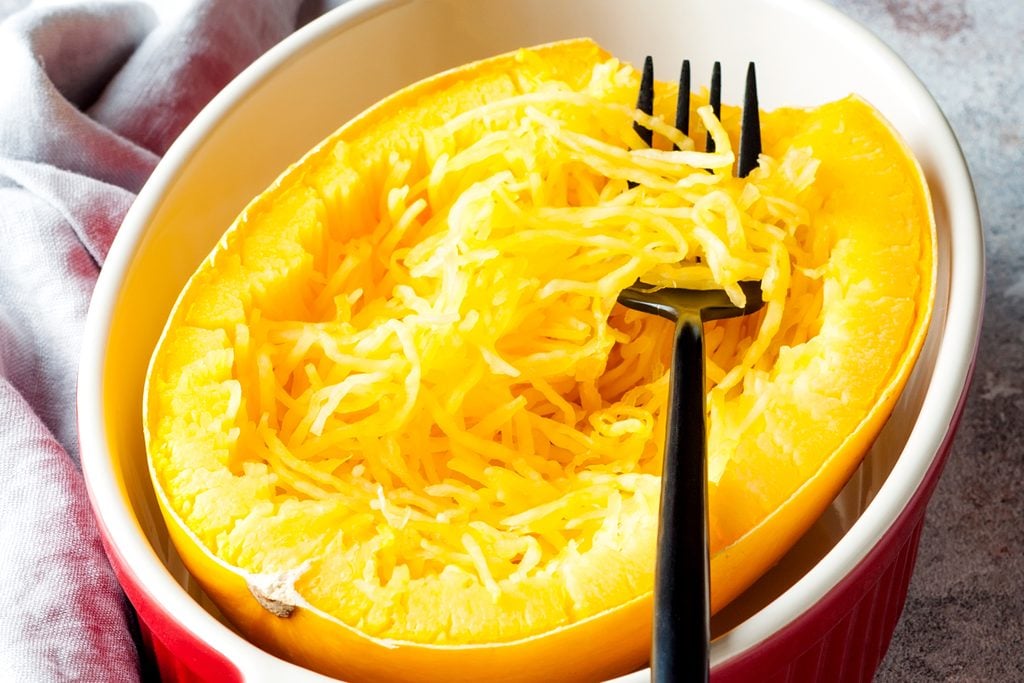
- Considering the type of dishes you plan to create with the spaghetti squash is also crucial.
- Are you aiming for a creamy pasta dish or a hearty soup? The maturity of the squash can affect how well it holds up in different recipes, so it’s essential to keep this in mind when determining the ideal harvest time.
- Additionally, recipe requirements can play a role in determining when to harvest spaghetti squash.
- Some recipes may call for a squash that is more firm, while others may benefit from a softer and more tender texture.
- Understanding the specific demands of your recipes will help guide you in choosing the right moment to harvest your spaghetti squash.
By carefully considering personal preferences and recipe requirements, you can ensure that your squash is at its peak, delivering a delightful culinary experience. By following these guidelines, you will be able to pick your spaghetti squash at the perfect time, ensuring optimal flavor, texture, and overall quality. Remember, harvesting at the right moment is the key
Watch video for more information:
fAQ
How can I tell if spaghetti squash is mature?
You can recognize the signs of maturity in spaghetti squash by checking the color, texture, firmness, size, and weight of the squash, as well as observing the stem.
What is the recommended harvest time for spaghetti squash?
The harvest time for spaghetti squash can vary depending on the specific variety and the region. It is important to consider the days to maturity for the variety you are growing and to know the average harvest times for your region.
How do weather conditions affect spaghetti squash ripening?
Weather conditions such as temperature, sunlight, and humidity can impact the ripening process of spaghetti squash. Warmer temperatures and ample sunlight generally promote ripening, while cooler temperatures and excessive rainfall can delay or hinder ripening.
What is the storage potential of spaghetti squash?
Spaghetti squash can be stored for several weeks to months if kept in a cool, dry place. Ideally, it should be stored at temperatures between 50 and 55 degrees Fahrenheit (10 to 13 degrees Celsius) with moderate humidity.
What are the risks of leaving spaghetti squash on the vine for too long?
Leaving spaghetti squash on the vine for too long can result in overripening, which can cause the squash to become mushy, develop rot, or lose flavor. It is important to harvest the squash at the right moment to ensure optimal quality.
What are the consequences of harvesting spaghetti squash too early?
Harvesting spaghetti squash too early can result in underripened squash, which may lack flavor and have a hard texture. It is important to wait until the squash is fully mature before harvesting.
Are there any methods to test spaghetti squash ripeness?
Yes, there are various methods to test spaghetti squash ripeness. You can gently press the skin to check for firmness, tap the squash to listen for a hollow sound, or insert a knife to assess the resistance. Additionally, experienced gardeners or farmers may have other techniques to determine ripeness.
How can personal preferences and recipe requirements affect spaghetti squash harvest time?
Personal preferences and recipe requirements can influence the ideal harvest time for spaghetti squash. Some individuals prefer a slightly underripened squash for a firmer texture, while others may prefer a fully ripened squash for a softer texture. Recipe requirements may also specify a certain level of ripeness for optimal cooking results.

Studied Agricultural Engineering-Plant Protection at University of California, Davis.
Head of Content writing team at Southelmontehydroponics.com

